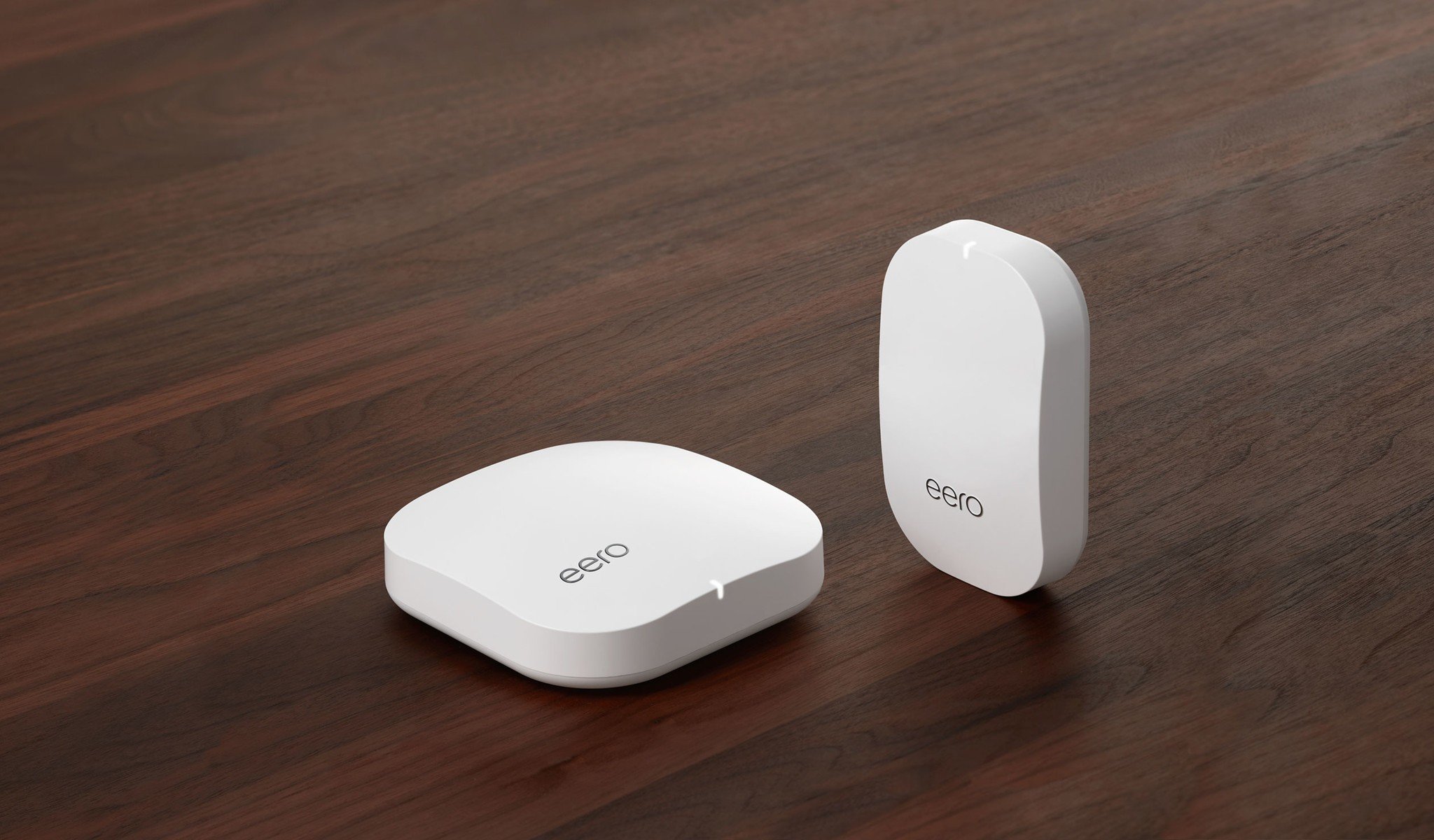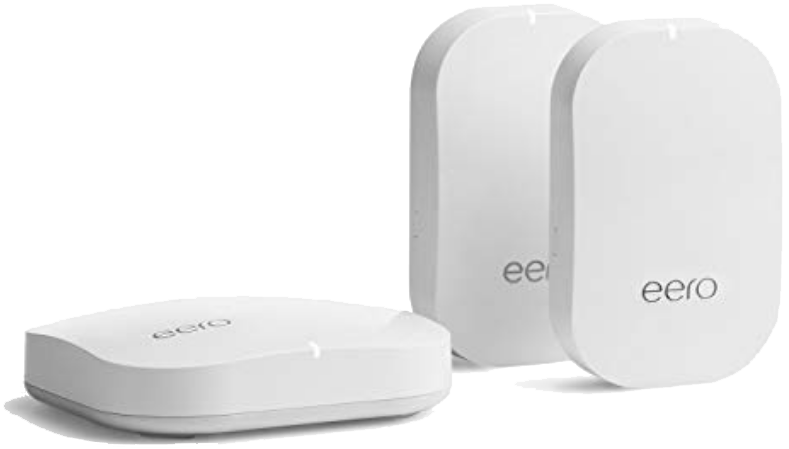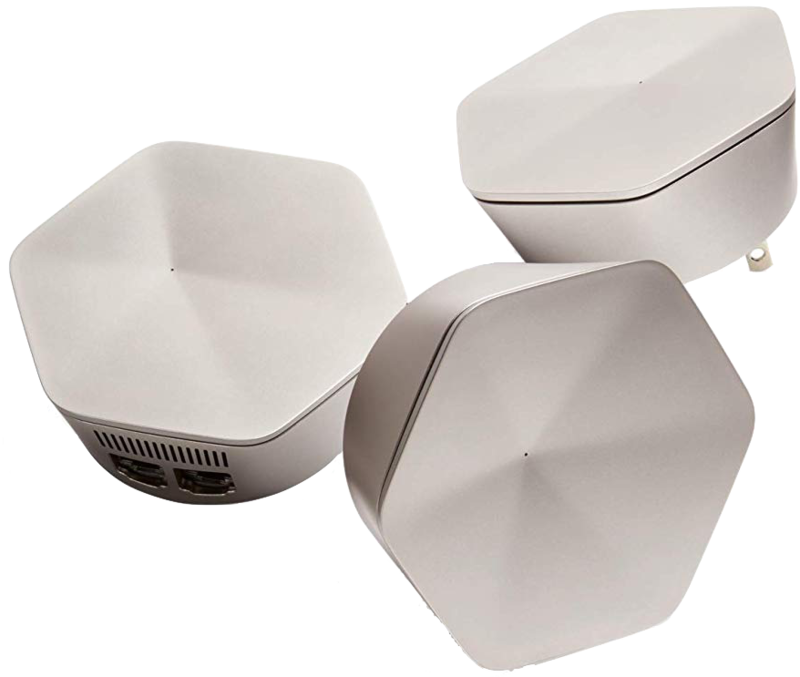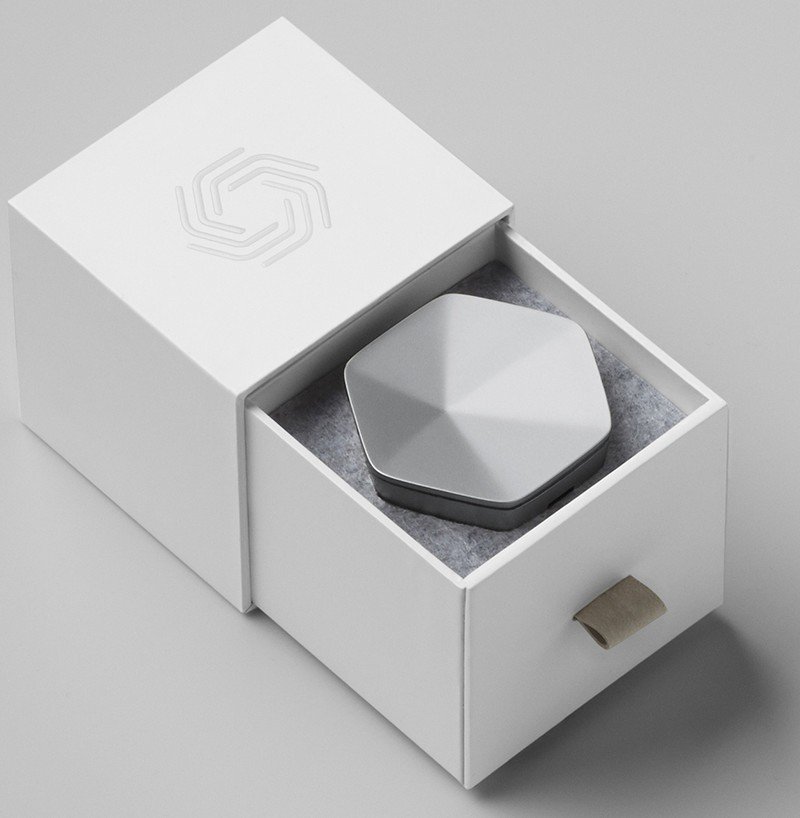Eero vs. Plume: Which mesh router solution should you buy?

Eero Home

An Eero mesh system is simple to install and set up with beacons that plug directly into a wall outlet and fit anywhere. However, using small beacons instead of larger tri-band routers can have disadvantages.
Eero Home
Dynamic trio
Plume Superpod Home Wifi System

Plume makes an excellent mesh Wi-Fi system that most users love because it's fast and reliable. That could change if your internet goes out because it's all cloud-based.
Plume Superpod Home Wifi System
The look of steel
Eero and Plume are both mesh Wi-Fi systems that use plug-mounted beacons (or pods in Plume's case) that deliver fast Wi-Fi just where you need it without any big boxes or cords showing. Both use the latest Wi-Fi standards and technology to bring theoretical gigabit speeds on 5GHz equipment and are secure with fast updates when bugs or flaws are found.
Both are well suited for the average home and chances are you would love whichever you bought. Here are the finer details that might help make up your mind.
Head to head
Some hardware specs don't tell much of a story when the product is a small Wi-Fi router; it doesn't take the fastest CPU to direct network traffic. Where they do matter is when it comes to network support and radio firmware. Both Eero and Plume support everything needed on most modern Wi-Fi devices for a fast and secure connection.
| Header Cell - Column 0 | Eero Home | Plume Superpod |
|---|---|---|
| Wireless | 2X2 MU-MIMO2.4GHz, 5Ghz, 5.8GHz triband (base station)2.4GHz and 5Ghz dual band (beacons)802.11a/b/g/n/acTX BeamformingBluetooth 4.2Thread 1.1 support | 4X4 MIMO2.4GHz, 5Ghz triband802.11a/b/g/n/acBeamforming |
| Ports | 2 Gigabit Ethernet ports on base station only | 2 Gigabit Ethernet ports per unit |
| Security | WPA2-PSKAutomatic updates | WPA2-PSKAutomatic updates |
| Dimensions | 4.76 x 4.76 x 1.26 inches (base station)4.76 x 2.91 x 1.18 inches (beacons) | 3.8 x 3.4 x 1.4 inches |
You don't need to understand what those specs mean to know one truth — either of these kits will give you great Wi-Fi when you set everything up just right. And that's the beauty of both systems — setup is a breeze and an app on your phone walks you through the simple process. There are a couple of differences that could be important if you're a prosumer, though.
Eero has two ethernet ports on the base while Plume has two on every piece.
Both systems have Ethernet ports, but when it comes to eero, you'll only find them on the base station. That means if you need to install a separate switch or hub for something like your entertainment center, you would need a more expensive second "base" unit to have somewhere to plug it in. The Plume Superpod has two Ethernet ports on each puck. You can buy smaller versions without ports, but when you look at the pricing (more on that in a minute), it's better to get all Superpods and benefit from the tri-band radio.
Be an expert in 5 minutes
Get the latest news from Android Central, your trusted companion in the world of Android
Plume uses the cloud to route the network in your home. In their own words:
Your SuperPods and Pods are in constant contact with the cloud, so the interference is mitigated, clients roam smoothly, and your devices fly safely and smoothly.
There is nothing wrong with this, and it very likely means a better, smoother connection especially in tough to reach spots. But it also means that things won't be nearly as good if your internet service goes out and you still need your local network to be up and running.
For the true network techies out there, you also need to know that Eero uses a true simultaneous multipath mesh; it chooses a path on a frame-by-frame basis. Plume also uses a dynamic mesh, but the pathing is determined in advance for any and every link. For the user who just needs a good Wi-Fi network, this won't make much (if any) difference.
What could make a difference for you is that Eero is now under the Amazon umbrella and we expect to see wider support for smart home devices and Alexa in eero's gear soon. Plume dies have SmartThings support coming, but it's not here just yet.
The subscription controversy

This is easily put to rest but still needs to be addressed: Plume requires you to pay for a subscription to order the product and you lose a lot of the features if you let it expire.
That's true, but the pricing model makes it all a wash — the $399 price tag includes a lifetime subscription for the service. The subscription fees are $60 per year or $200 for a lifetime. Three Superpods are $199. The Amazon bundle includes the cost of the service for the rest of your life, and you can't really buy into a Plume system without buying a membership.
Those pesky subscription fees are actually built into the retail price.
With an Eero Home system, there is no subscription fee, but the hardware itself costs $350. If you're just averse to paying for a subscription for your Wi-Fi network hardware, then go with the Eero or one of the other best wireless routers you can get. If not, then the subscription controversy isn't much of a controversy after all.
I would go with the Eero Home only because Plume uses the cloud for network management features and traffic shaping. I need my local network to be up and running even if the internet goes down and I have had issues in the past in this area with Google Wifi (also semi cloud-based). I do like the ports on Plume's Superpods and would use them, but keeping everything running smoothly even when Comast isn't can be important to me.
If you aren't concerned with this, then you can't go wrong with either choice.

Jerry is an amateur woodworker and struggling shade tree mechanic. There's nothing he can't take apart, but many things he can't reassemble. You'll find him writing and speaking his loud opinion on Android Central and occasionally on Threads.
